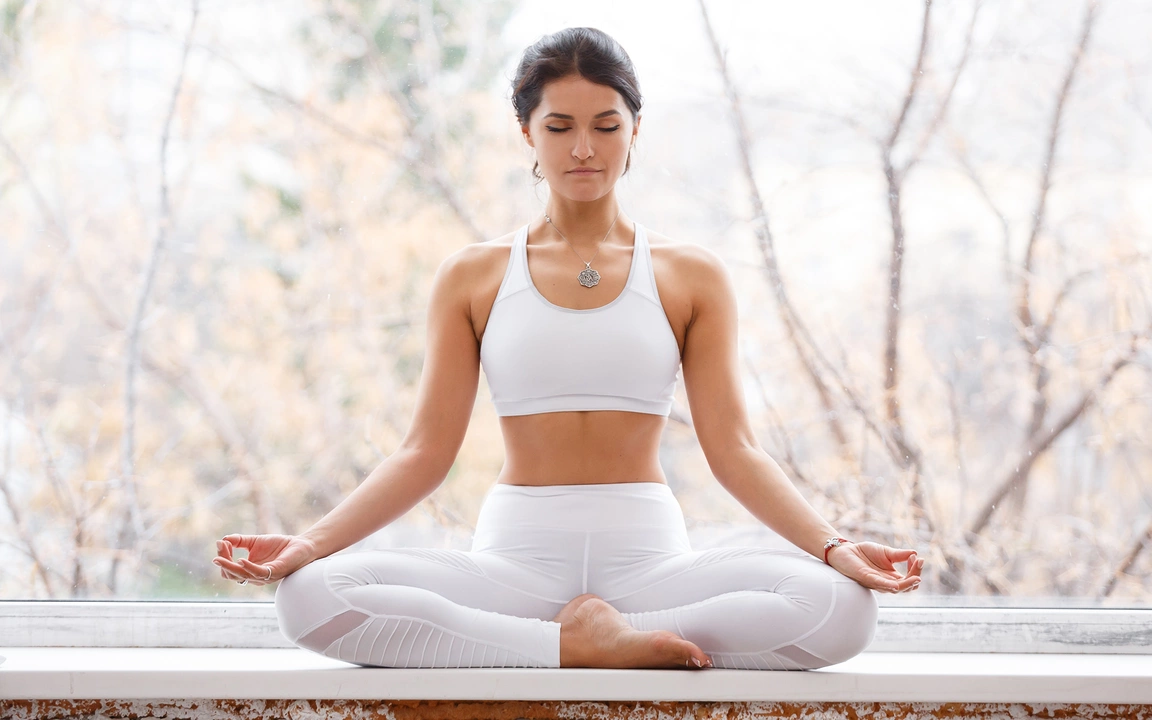Holistic Healing: Simple Yoga and Breath Practices You Can Use Today
Want real change without complicated rituals? Holistic healing pairs basic yoga, breathwork and small daily habits to ease pain, lift mood and steady the nervous system. You don't need long classes or special equipment—just consistent, targeted practice. Below are clear steps you can start using right away.
Quick 15-minute routine that actually helps
If you only have 15 minutes, use them well. Start seated and breathe for one minute—inhale for four, hold one, exhale for four. Then move through 8–10 rounds of Cat-Cow to loosen the spine. Follow with 5–8 breaths in Downward Dog to stretch hamstrings and wake the body. Move into a gentle Forward Fold for five breaths, then a few hip openers (low lunge or Pigeon for 30–45 seconds each side). Finish lying down in Savasana or a short supported bridge for two minutes. This short loop improves flexibility, calms the mind, and raises energy without exhausting you.
People often ask if 15 minutes make a difference. Yes—daily short practices build resilience, reduce stress hormones, and improve sleep over weeks. Treat it as a non-negotiable check-in with your body.
Breath and mindfulness: the core of healing
Breathwork changes your state fast. Try alternate nostril breathing for three minutes when anxiety spikes. For low-energy mornings, try three rounds of kapalabhati (fast, short exhales) to stimulate alertness. For lowering blood pressure or calming a racing mind, slow exhalations help—extend your out-breath by a count or two. If you have hypertension or heart conditions, check with your doctor before starting vigorous breath practices.
Mindfulness ties everything together. During poses, pay attention to areas that feel tight or sore. Label sensations calmly: "warmth," "pressure," "letting go." This simple noticing rewires your response to pain and speeds recovery.
Holistic healing also includes lifestyle choices. Sleep, hydration and gentle movement matter as much as poses. Swap one evening screen hour for a 10-minute restorative practice and you often sleep deeper. If joint pain bothers you, add slow strengthening work—chair squats or resistance band rows—to support alignment.
Want to teach or deepen your practice? Short teacher trainings or guided courses can give structure and confidence. But you don't need certification to get results: consistent practice, sensible progressions and occasional professional guidance go a long way.
Start small, track what changes—better sleep, less neck stiffness, calmer mood—and adjust. Holistic healing isn't a single miracle trick; it's a combination of breath, movement, rest and simple habits that add up. Try the 15-minute routine for two weeks and note what shifts. If pain or health conditions persist, consult a qualified teacher or healthcare provider for tailored advice.
What is the future of yoga and holistic healing industry?
As a passionate follower of yoga and holistic healing, I can't help but be excited about the future of this industry. With people becoming more aware of the importance of mental and physical well-being, yoga and holistic healing practices are gaining more popularity every day. I believe technology will play a significant role in making these practices more accessible and personalized for individuals. Additionally, the integration of these practices into mainstream healthcare systems will further validate their effectiveness and encourage more people to embrace them. In conclusion, the future of the yoga and holistic healing industry looks promising, and I am thrilled to witness its growth in the coming years.
